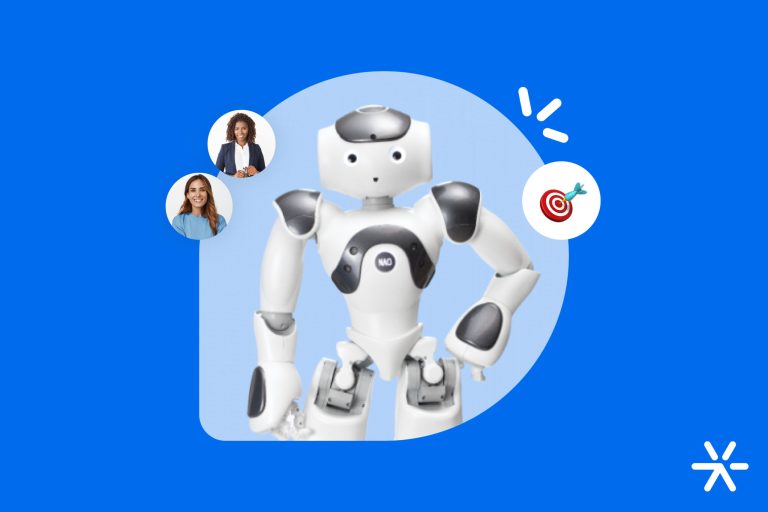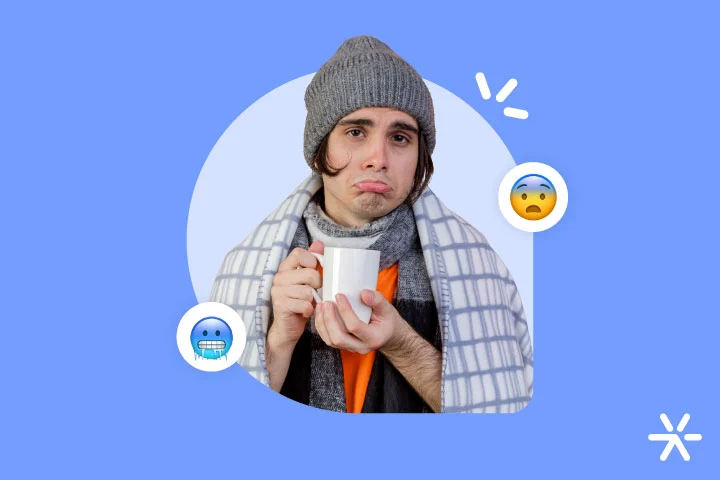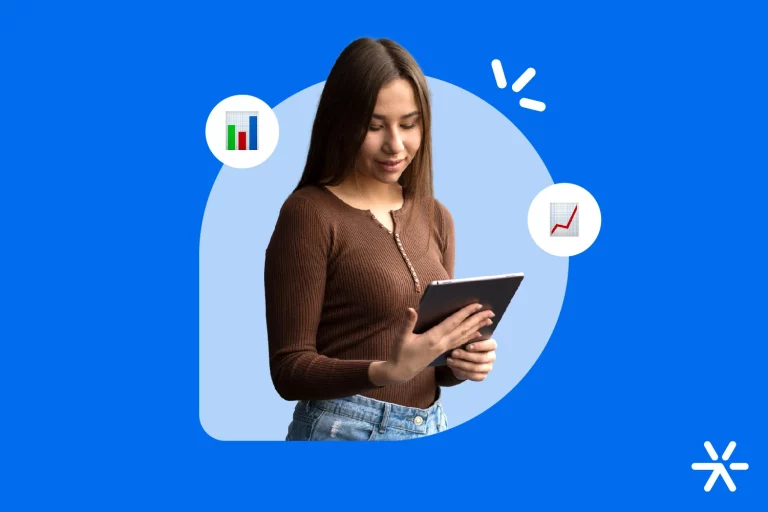15 Steps to Create a Great Landing Page + Free Checklist
If you are promoting a material, trying to grab the user’s attention with an offer, or offering a test of your product, you have an important step to fulfill: creating a High-Converting Landing Page.
The difference between a regular capture page and a high-conversion one is that, in addition to being used as a bargaining chip to capture lead information, the high-conversion landing page provides an optimized experience for the visitor.
The most important factor is not what you offer on your page as a bargaining chip to capture lead information but rather how their experience is optimized and how they are directed toward the much-desired conversion.
With that in mind, Leadster has prepared the guide you’ve always wanted, with the complete step-by-step to create high-conversion landing pages.
In this list, you will find: the step-by-step creation process and the right tools to apply to your pages and optimize your results.
Keep reading!
Step-by-Step to Create a High-Converting Landing Page

To begin our article, we need to understand what a conversion landing page is. If we were to define it in one sentence, we would have: the high-conversion landing page is a page that sells and brings a return on investment (ROI) when advertised.
After this brief introduction, I’m sure you’re more interested in this strategy, right?
So, let’s get straight to how to create a High-Converting Landing Page.
We’ve laid out the step-by-step so you don’t miss anything!
Read also: The Best Landing Page Examples to Generate More Leads
1. Understand Your Audience and Market
To begin our article, we need to take a step back and ensure this: that your Landing Page must have a very clear direction on who it wants to talk to.
No material will work if you don’t know your audience.
Truly understanding your audience and market is fundamental to your strategy, not only for conversion in Landing Pages but also for communication, marketing, and business as a whole.
Get to know who the consumer seeking your solution is, create forms and interviews with real or potential clients to understand their pains and needs, how they look for solutions, how they consume from different companies and segments, their lifestyle habits, and the challenges they face daily.
This type of research and the knowledge gained will help you develop materials and Landing Pages aligned with the expectations of your audience, creating an immediate connection with them and avoiding friction points that may prevent them from completing the conversion.
Read also: Discover the Power of Personalized Approaches in Marketing to Increase Conversion
2. Set a Single Objective for Your Landing Page
Avoid having more than one action on your high-conversion landing page, as this can confuse the visitor.
Choose between a newsletter subscription, e-book download, product offer, webinar registration, etc.
Having only one objective on the page allows you to better target and measure your results, besides preventing confusion about what the LP is about and not distracting the visitor from the action you want them to take.
3. Choose Your Platform
Do you already know where you’ll create your high-conversion landing page?
There are several platforms that facilitate this creation. The 3 best LP creation tools are: LAHAR, HubSpot, and RD Station, as they offer all the marketing automation functionalities besides creation.
Moreover, Leadster’s platform allows you to not only create your own LPs but also integrate with these other 3 softwares, making your experience even more complete.
Read also: Mobile Leads in Accesses but Loses in Conversion – See the Highlight
4. Set Up the Page Metrics
Whichever platform you choose to build your page, make sure you will have access to the page data.
These metrics and reports will allow you to understand the effectiveness and track record of the page.
Only from this data will it also be possible to track the optimizations made and their results.
The metrics will define your objectives, next actions, and provide insights into what worked or not with your audience.
If you are running Social Ads, for instance, the tool that provides the analysis of all these metrics is the Facebook Pixel. It enables integration with different channels and displays ads strategically and in a segmented manner.
Other functionalities offered are:
- Conversion tracking across multiple devices;
- Conversion optimization;
- Audience retargeting;
- Access to audience information.
5. Ensure Your Landing Page Delivers What Your Ad Offers
Using ads to direct the audience to your Landing Page is part of the distribution strategy of your campaigns.
And there’s nothing more frustrating for a visitor than clicking on an ad and not finding what was promised there.
Especially if they leave the environment they were in (such as social networks or search engines) to enter a site that has nothing to do with the hook that made them click there.
Therefore, make sure the ad’s message and the Landing Page offer are aligned.
Also, the type of language must be aligned to ensure interest and good conversions.
You can run ad tests with different content and analyze the results after some time.
Then you can adjust the Landing Page language according to the ad that has the highest click-through rate during the test period.
And this applies to the headline, article, visual content, images used, and distribution of elements on the materials.
6. Evaluate the First Impression Your Page Makes
The first few seconds of contact that your visitor has with your Landing Page are crucial: it takes only 0.013 seconds for the brain to identify an image and 0.05 seconds to form an opinion about the page.
This first impression influences how they will interact with the page and what decisions they will make regarding it from that point forward.
Therefore, this initial contact must be strong and objective. Your Landing Page needs to have intuitive access, feel familiar to the visitor, and immediately communicate what they will find there.
And, of course, convince them to convert.
So, make sure your Call to Action (CTA) is clear and eye-catching, placed in the first fold. Make the most of every second of the visitor’s time.
Which brings us to our next point:
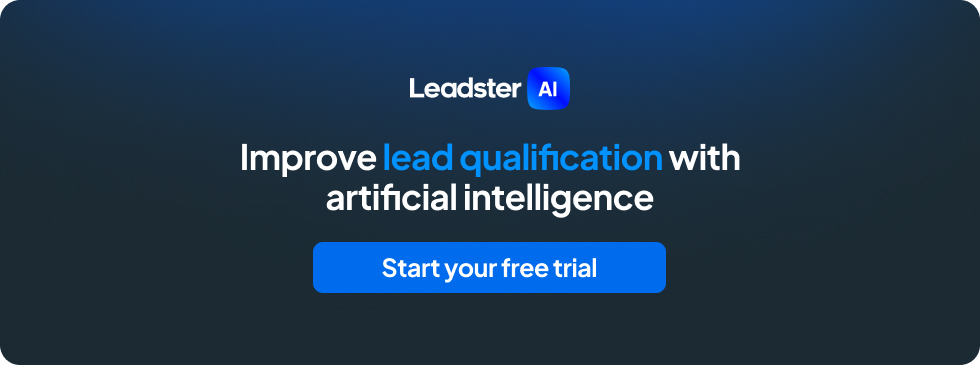
7. Have a Strong and Unique Headline
If we only have those precious seconds to grab the visitor’s attention and shape their perception of our page, focusing on the offer clearly is essential.
Your visitor needs to quickly and objectively understand what you are offering — and your message needs to be more than clear; it also needs to be persuasive.
Therefore, don’t make the mistake of giving just any title.
It needs to be well thought out and include:
- Who your customer is;
- What your product or service does;
- What makes it unique;
- Why it is the best option on the market;
- What benefit it offers to those who choose it.
Only with this information clearly and persuasively presented at the top of the page will your visitor understand whether it’s worth staying or simply leaving your site.
It may happen that the offer is not aligned with what they are looking for.
In that case, you need to revisit the section where we discussed the target audience.
But it’s even worse to attract the right consumer and fail to convey what your solution can offer.
Make your visitor quickly decide that this is the page where they need to convert to obtain a benefit that will make a difference to them.
8. Use Images That Reinforce Your Message
Communicate with your audience and reinforce what you want to convey through the images chosen for your Landing Page.
They are perceived more quickly than the article present on the page and also impact conversion rates.
Adapt the images to create a sense of identification for your audience (again, the importance of knowing who you are speaking to comes up here).
Notice the example below from Unbounce:
Also, use images to explore emotional values, to draw attention to key points on the page, and to nudge the visitor toward conversion.
Remember that it’s always good to be mindful of the size and quality of images. Here’s a tip from Leadster: whenever possible, opt for .webp or .svg files.
9. Think Carefully About Your CTAs (and, if possible, test them)
Is your CTA well-positioned? Is it persuasive enough to get the person to take action?
These are some of the questions that are always good to ask about CTAs. But don’t worry, because we’ve also separated some points to pay attention to regarding this technique. Check them out:
- Use verbs that convey action right away;
- Choose words always thinking about the context;
- Prefer to use everyday words;
- Opt for verbs in the infinitive;
- Use capital letters;
- Avoid “click here.”
10. Consider Including a Video on Your Landing Page
Evaluate whether your product or service can be easily explained and demonstrated only with words and images.
If so, there is no need to include a video on your Landing Page.
However, for many markets, a simple element like this can indeed grab visitors’ attention, clarify and persuade.
It’s worth considering this solution, thinking about points such as:
- Does your audience have familiarity and attraction to this type of media?
- Can the video be useful to clarify doubts or make your message clearer?
- Does your product or service have visual appeal that can be better explored in a video?
- How will the video contribute to the visitor’s experience on your page?
If your product or service has a more complex sale, requires a demonstration, or needs extra information to convince the visitor to convert, then producing and including a video can be a great alternative to improve your retention and conversion rates.
11. Invest in the Power of Customer Testimonials
Source: Leadster.
People relate to people, identify with people, and buy from other people.
That’s why customer testimonials are still one of the oldest and most widely used strategies in marketing.
Studies show that 63% of consumers are more likely to make a purchase from websites that show comments and ratings from other customers who have already purchased that particular item.
Present to your visitor how your product or service solved the pain points of other real people.
Once again, remember that your audience expects to identify with others, so it’s important to put a face to those sharing their experiences.
The optimization of your pages doesn’t depend on just one factor.
You need to analyze, over time, which details make the most difference to your audience.
We can’t say it enough: you need to know your audience like no one else.
12. Use Mental Triggers
Mental triggers may seem like random information throughout the content. But, in reality, they are there to provoke an automatic reaction in the user.
With essential information throughout the article, our brain will already be prepared for when the decision-making moment arrives.
The most commonly used mental triggers in marketing and sales are:
- Affinity;
- Authority;
- Consistency and commitment;
- Scarcity;
- Social proof;
- Reciprocity.
Let’s look at some examples of these triggers:
- Authority trigger.
- Scarcity trigger.
- Social proof trigger.
13. Use a FAQ
Example of a FAQ on a Sankhya page.
You can make life easier for users – and also for your team – by creating a FAQ. This is because the most frequent questions will already be answered there, so the visitor won’t waste time contacting the company and waiting for a response, which may take longer than desired. This way, you facilitate the conversion.
14. Say Goodbye to Forms and Convert Visitors with a Conversation
Let’s be honest, no one can stand filling out long, “square” forms with personal data anymore. Let alone waiting for a response after filling them out.
If you’re still not convinced, check out these 4 reasons why forms are dead:
- Static forms do not generate interest;
- Forms with too many questions have low conversion;
- Forms with few questions do not provide valuable information for your strategy;
- Consumers need interactivity and personalization.
So, how about replacing forms with a dynamic, 24/7 available, customizable tool with instant responses?
With a chatbot on your high-converting landing page, you’ll provide a much more personalized experience for the user, as well as a more interactive way to get in touch. Learn more.
Also read: How to Triple Ad Conversion with a Chatbot
15. Take Good Care of the Next Steps
Great, you’ve converted your visitor! Now what?
After conversion, you need to think about what to do to turn that lead into your desired customer.
With that in mind, pay attention to these steps you can apply as soon as conversion happens:
- Filter and qualify your contacts;
- Create nurturing flows;
- If it makes sense for your business, direct leads to WhatsApp with qualification information;
- Analyze your data to improve results;
- Finally, approach leads that are ready to buy.
Free Checklist to Create Your High-Converting Landing Page
Did you like our comprehensive content about High-Converting Landing Pages?
Imagine if you could have this checklist with you at all times, whether on your cell phone, computer, or even on paper on your desk.
Awesome, right? To do this, just download our Free Checklist to Create Your High-Converting Landing Page below! Right-click and select “Save Image As…”
Did you enjoy this content?
The High-Converting Landing Page is just the tip of the iceberg in the world of marketing strategies. We can still mention paid media, organic growth, conversational marketing, copywriting, inbound marketing, and many other types of strategies we talk about here on the blog.
And if you want an alternative to a high converting landing page, you should give our chatbot a try. We identified a 3x leadgen increase even when comparing to great LPs.
The trial is simple and free for 14 days, no credit card required. Just click on the banner below!
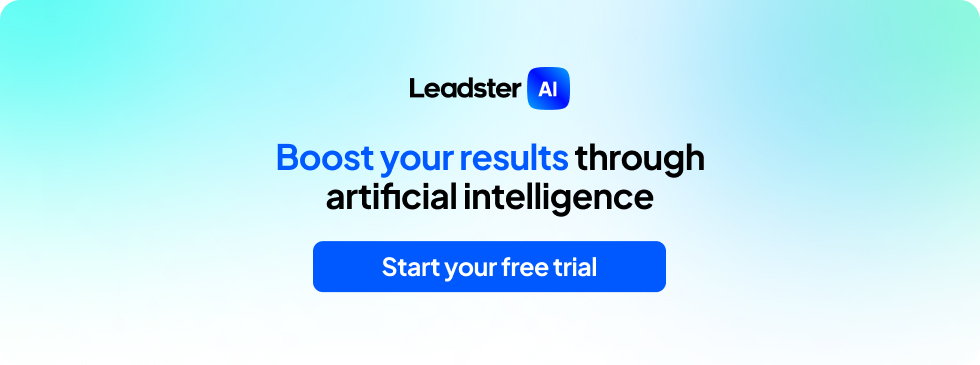



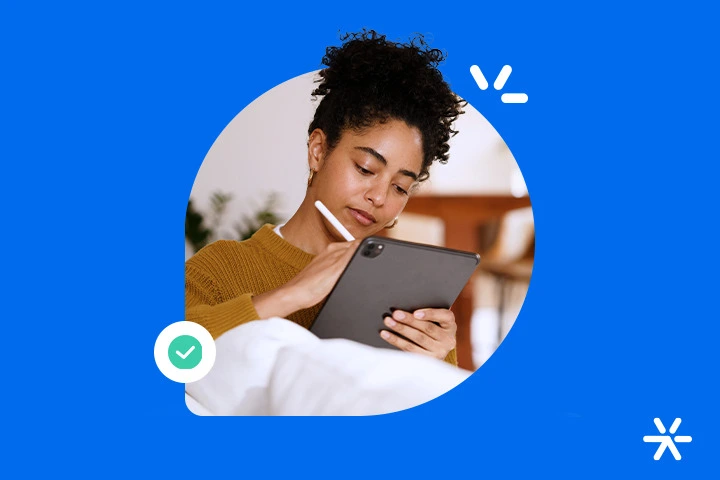
![Everything and More about Digital Marketing Funnel [Complete Guide]](https://getleadster.com/blog/wp-content/uploads/2025/03/Seu-Funil-de-Marketing-esta-Congestionado-Descubra-os-Problemas-mais-Comuns.png)
